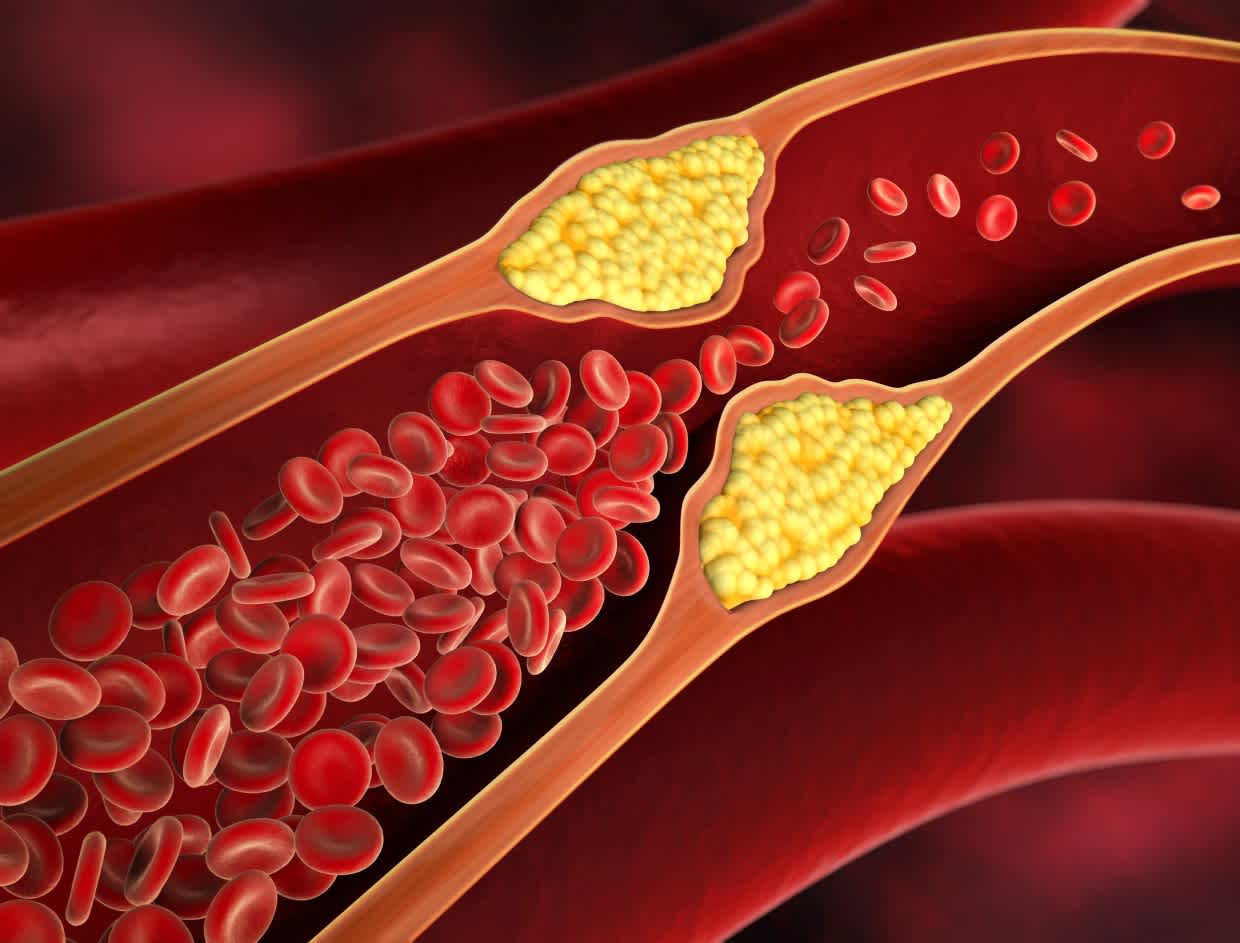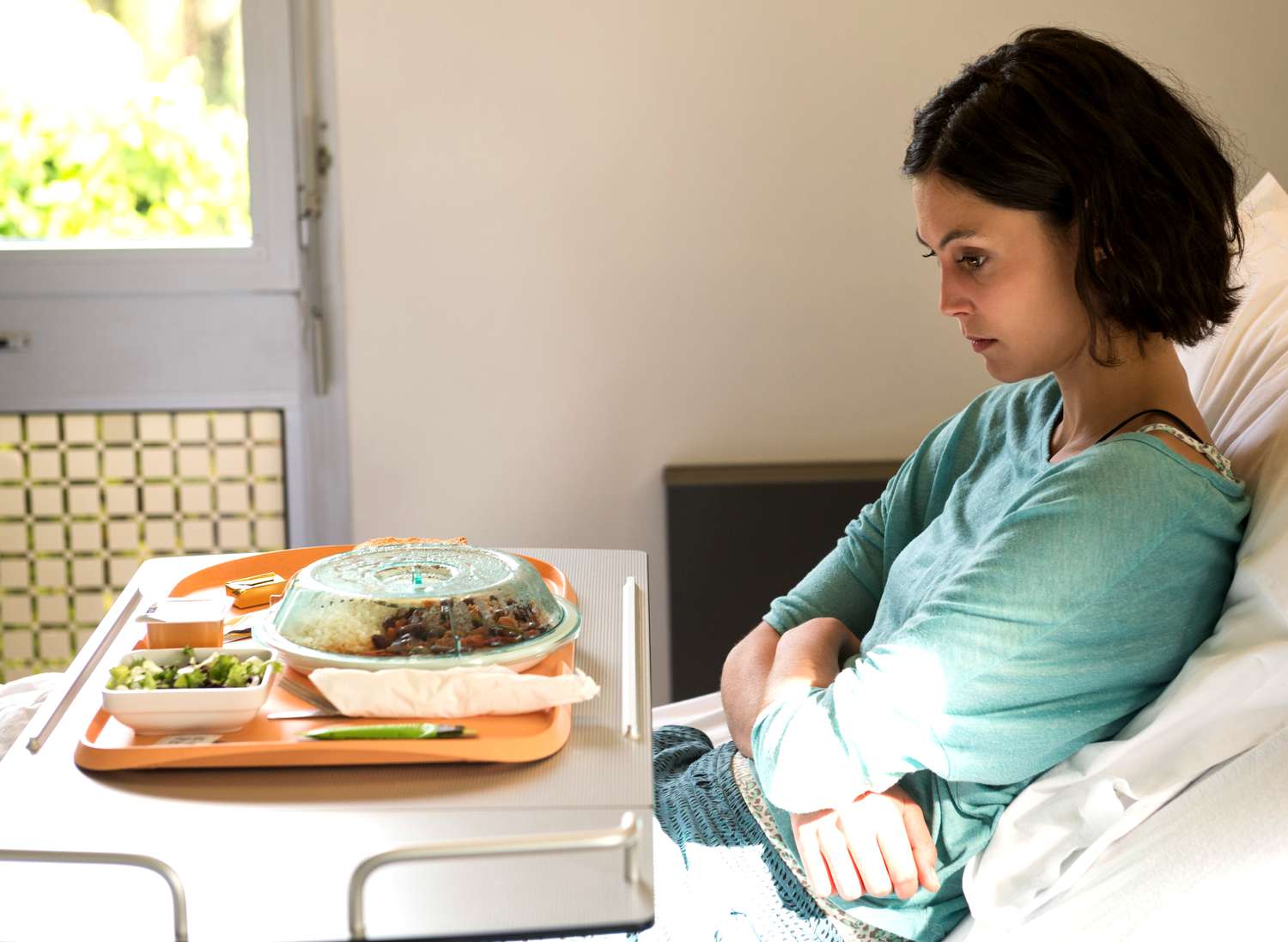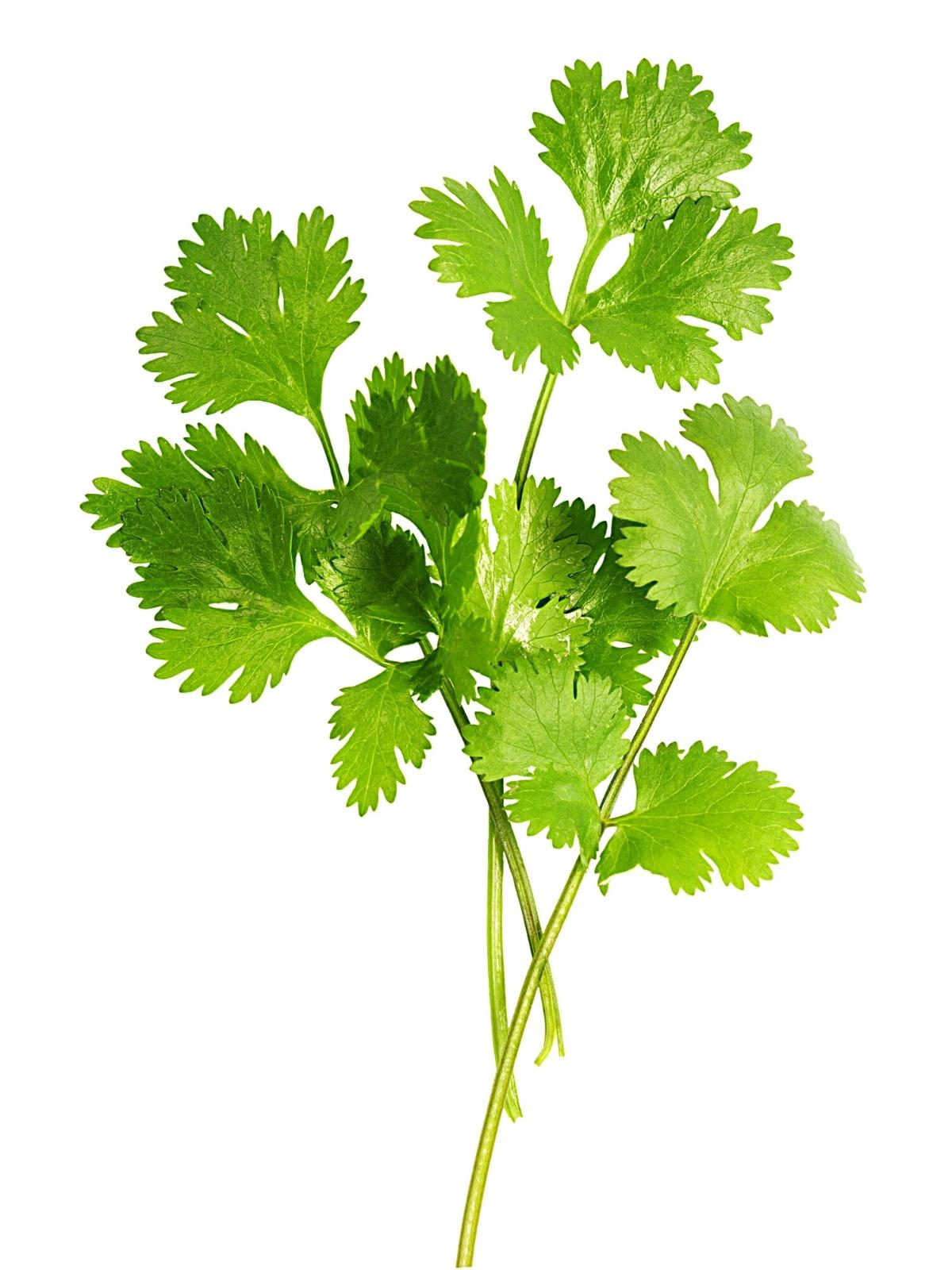Lymphedema, Pathophysiology, Lymphatic obstruction
Root Cause of Disease
Lymphedema occurs as a result of a blockage in the lymphatic system. This is most often caused by a traumatic event, such as sports injuries or deep cuts and bruises, as an aftereffect of surgery or cancer treatment. More rarely, Lymphedema can occur as birth defect or symptom of infection.
Symptoms
Lymphedema symptoms include:
- Swelling of either a part or the whole leg or arm, including the fingers or toes, ranging from slight changes in limb size to severe swelling
- Difficulty wearing jewelry or watches or fitting into clothes or shoes
- Swelling in the head or neck
- A heavy or tight feeling in the arms or legs
- The range of motion of the limb is restricted
- Discomfort or aching in the affected limb
- A tingling sensation in the affected limb, like pins and needles
- Recurring skin infections
- Thickening and hardening of the skin
- Blisters or wart-like growths on the skin
- Severe fatigue
Causes
- Cancer
- Infection
- Vascular disease
- Scar tissue from radiation therapy
- Injuries or accidents
- Obesity
- Scar tissue from the surgical removal of lymph nodes
- Genetic conditions where vessels or lymph nodes are abnormal or absent.
Types of Lymphedema:
- Primary Lymphedema
- Secondary Lymphedema
Primary Lymphedema:
Primary Lymphedema is caused by a faulty gene and people affected by this form of the condition are born with an abnormality of the lymphatic system. The lymphatic vessels in primary Lymphedema might be:
- Reduced in number
- Too large to work properly
- Missing
Secondary Lymphedema:
Secondary Lymphedema is caused by damage to, or blockage of, the lymphatic system as a result of:
- surgery — often lymph nodes are removed as part of cancer surgery
- radiotherapy for cancer
- trauma or tissue damage
- immobility due to age, pain or infection
- obesity
Stages:
Upon diagnosis, your doctor will identify which stage best characterizes your Lymphedema and diagnose treatment accordingly. Depending on how the swelling has progressed, your doctor will identify the following stages:
- Stage 1: Abnormal flow in the lymphatic system. No signs or symptoms.
- Stage 2: Accumulation of fluid with swelling. Swelling resolves with elevation. Pressing on the area may leave a dent.
- Stage 3: Permanent swelling that does not resolve with elevation. Pressing on the area no longer leaves a dent. Changes in the skin with scarring and thickening.
- Stage 4: Elephantiasis (large deformed limb), skin thickening with “wart-like” growth and extensive scarring.
Home Remedies to treat Lymphedema
Remedy- 1: Coriander seeds/ కొత్తిమీర విత్తనాలు
Materials: Coriander seeds, Hot water, Sugar (for sweet taste)
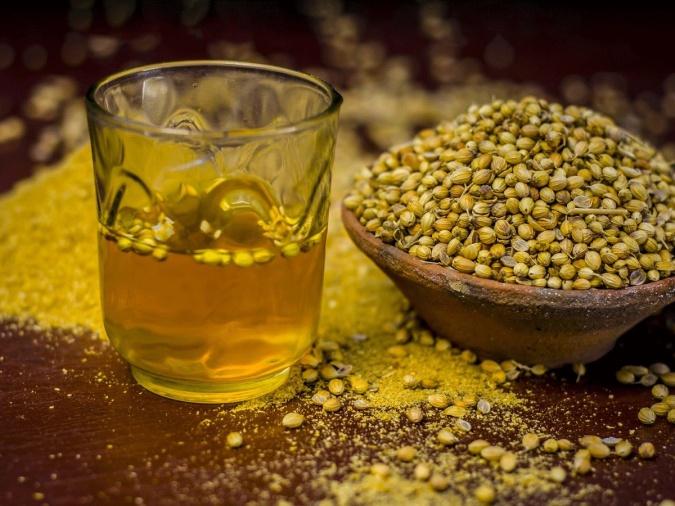
Coriander seed helps in reducing bad cholesterol and promotes good cholesterol in the body. These are rich in copper, zinc. These seeds have numerous key vitamins like folic acid, vitamin A and beta-carotene, and most importantly, vitamin C.
Procedure:
The seeds are rich in potassium which has diuretic as well as anti-inflammatory properties that help treat oedema. Boil water with coriander seeds and reduce the mixture to half the quantity. Strain the water and drink it for relief.
Product link: Coriander seeds
Remedy- 2: Turmeric/ పసుపు
Materials: Turmeric, Milk or Warm water

Turmeric is a yellow curry powder (active polyphenol ingredient is curcumin) that is shown to inhibit growth of cancer cells. It is also an anti-inflammatory. It’s well documented that turmeric has powerful anti-inflammatory, antioxidant, and anticancer properties, which makes this herb a popular choice for those with liver disease.
Procedure:
Add the water, turmeric, lemon juice, honey, to a small pot, then whisk together. Heat on high just until the tea starts to boil. Turn the heat down to medium-low and simmer for 10 minutes. Let the tea cool for a minute or two. Pour into your favorite mug and enjoy.
Product link: Turmeric Powder
Remedy -3: Flax seeds/ అవిసె గింజలు
Materials: Flax seeds, Warm water.
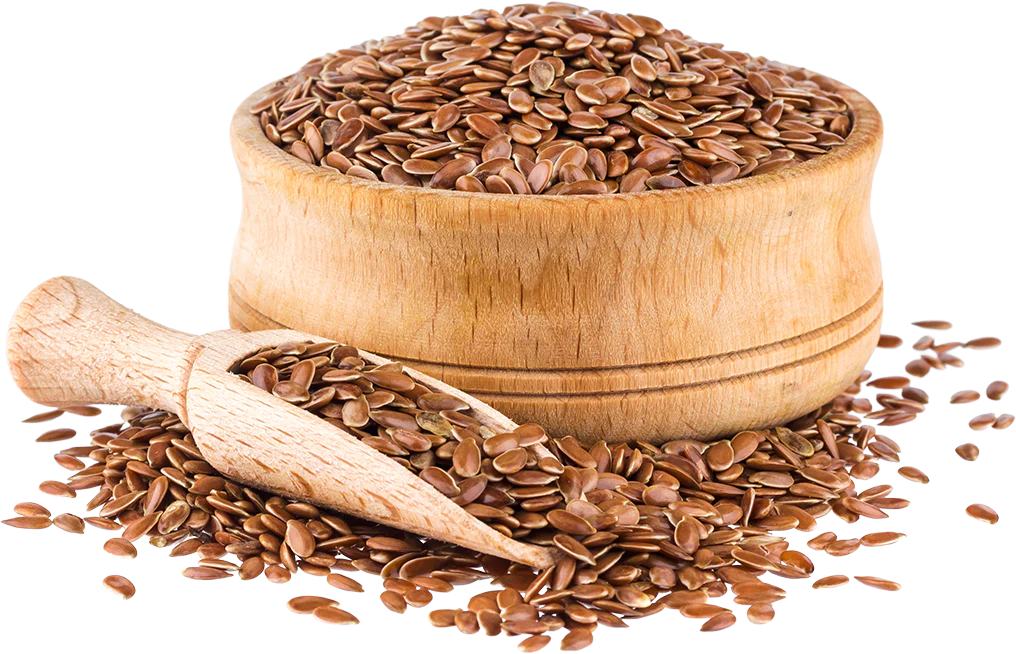
Flaxseed is commonly used to improve digestive health or relieve constipation. Flaxseed may also help lower total blood cholesterol and low-density lipoprotein (LDL, or “bad”) cholesterol levels, which may help reduce the risk of heart disease.
Procedure:
A rich source of omega 3 fatty acids which help eliminate toxins from the body, flax seeds help treat oedema by addressing the root cause of the condition. Mix crushed flax seeds in a glass of warm water and drink it twice daily.
Product link: Flax Seeds
Preventions
Maintaining Proper Hygiene
- Clean the skin of the affected arm daily and apply lotion. When drying the arm, be gentle but thorough.
- Take proper care of the fingernails and avoid cutting cuticles.
- Clean all cuts with soap and water, and then apply antibacterial ointment and a sterile dressing.
Staying Fit
- Do exercises regularly to improve drainage, but first consult with your doctor or physical therapist.
- Eat a well-balanced, low-sodium diet.
- Keep the arm elevated when possible.
Taking Precaution with Everyday Activities
- Protect your fingers from needle pricks and sharp objects. Use a thimble when sewing.
- Avoid vigorous, repetitive movements against resistance, such as scrubbing, pulling or pushing, with the affected arm.
- Avoid sunburns and other burns to the affected arm.
- Use an electric shaver when shaving underarms.
Speaking Up at Your Doctor’s Office
- Make sure that all injections are given and blood tests are drawn in the unaffected arm.
- If at all possible, have all blood pressure tests done on the unaffected arm.
- Avoid extreme hot or cold temperatures on the affected arm, such as heating pads or ice packs.
- Notify your doctor immediately of any signs of infection, such as redness, pain, heat, increased swelling or fever.

